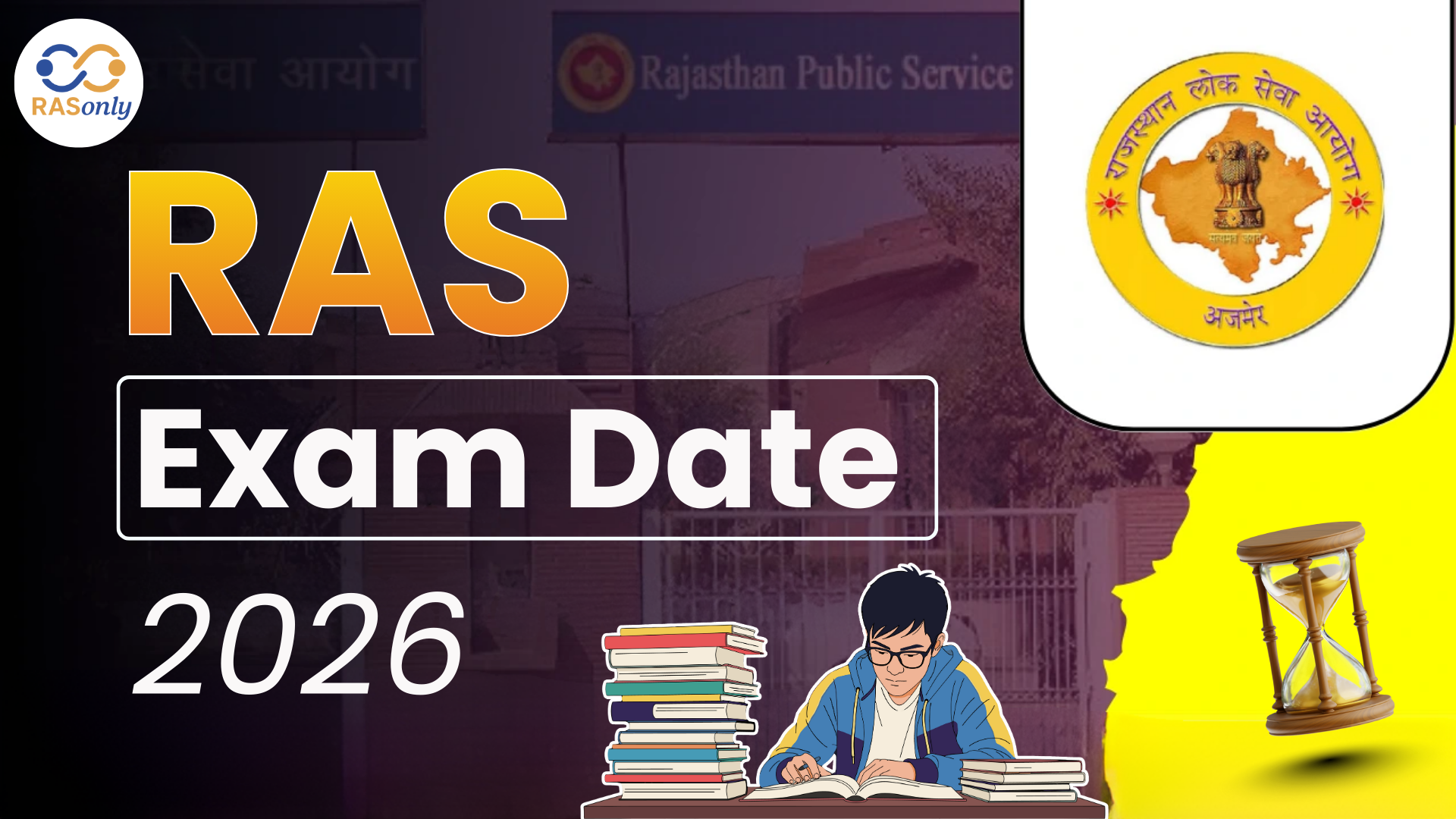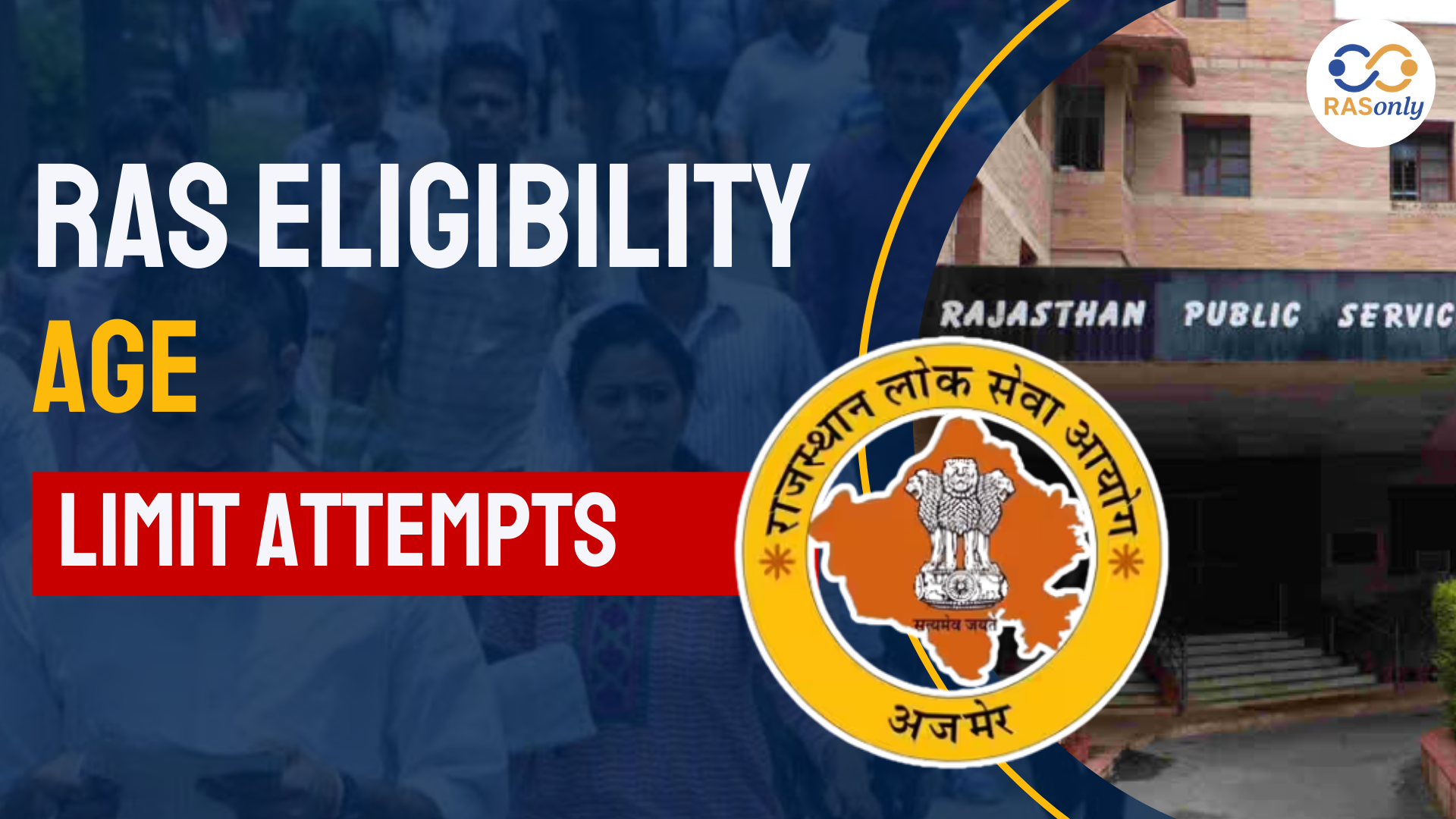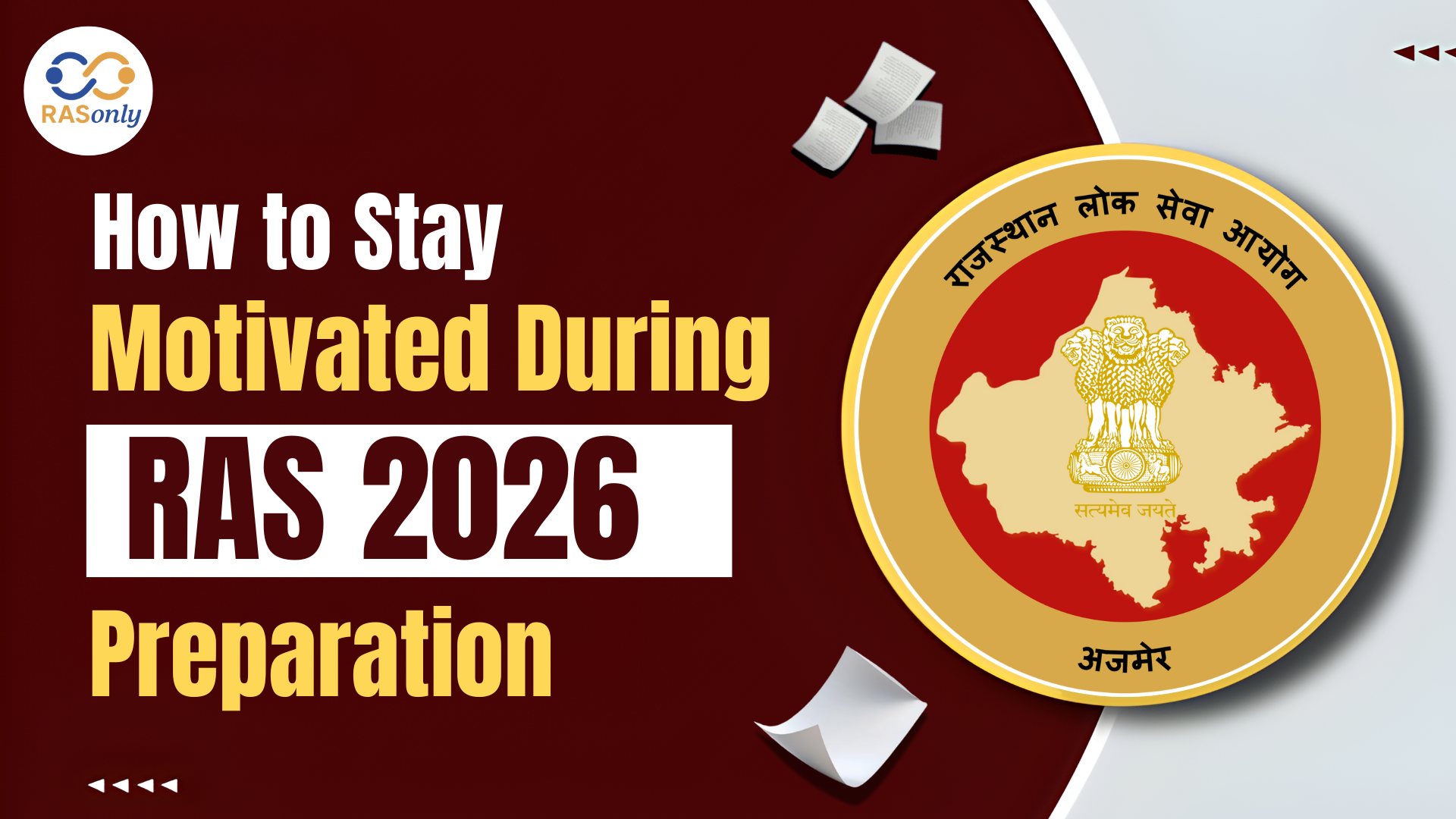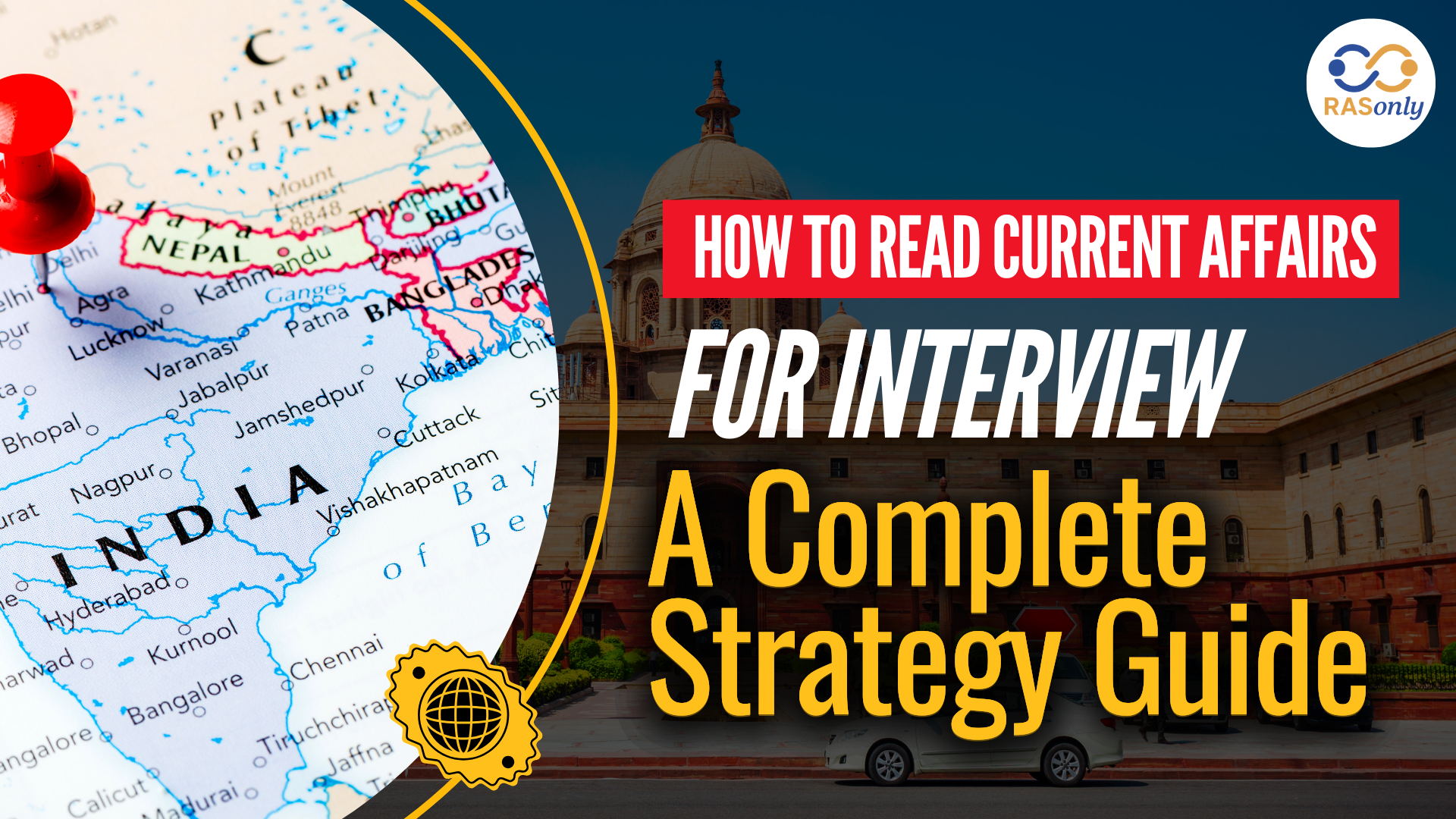RAS Exam Date 2026 for Notification, Prelims, Mains Date
- >
- RAS Preparation Resources
- >
- Earthquakes and Volcanoes: Types, Causes & Impact
Earthquakes and Volcanoes: Types, Causes & Impact

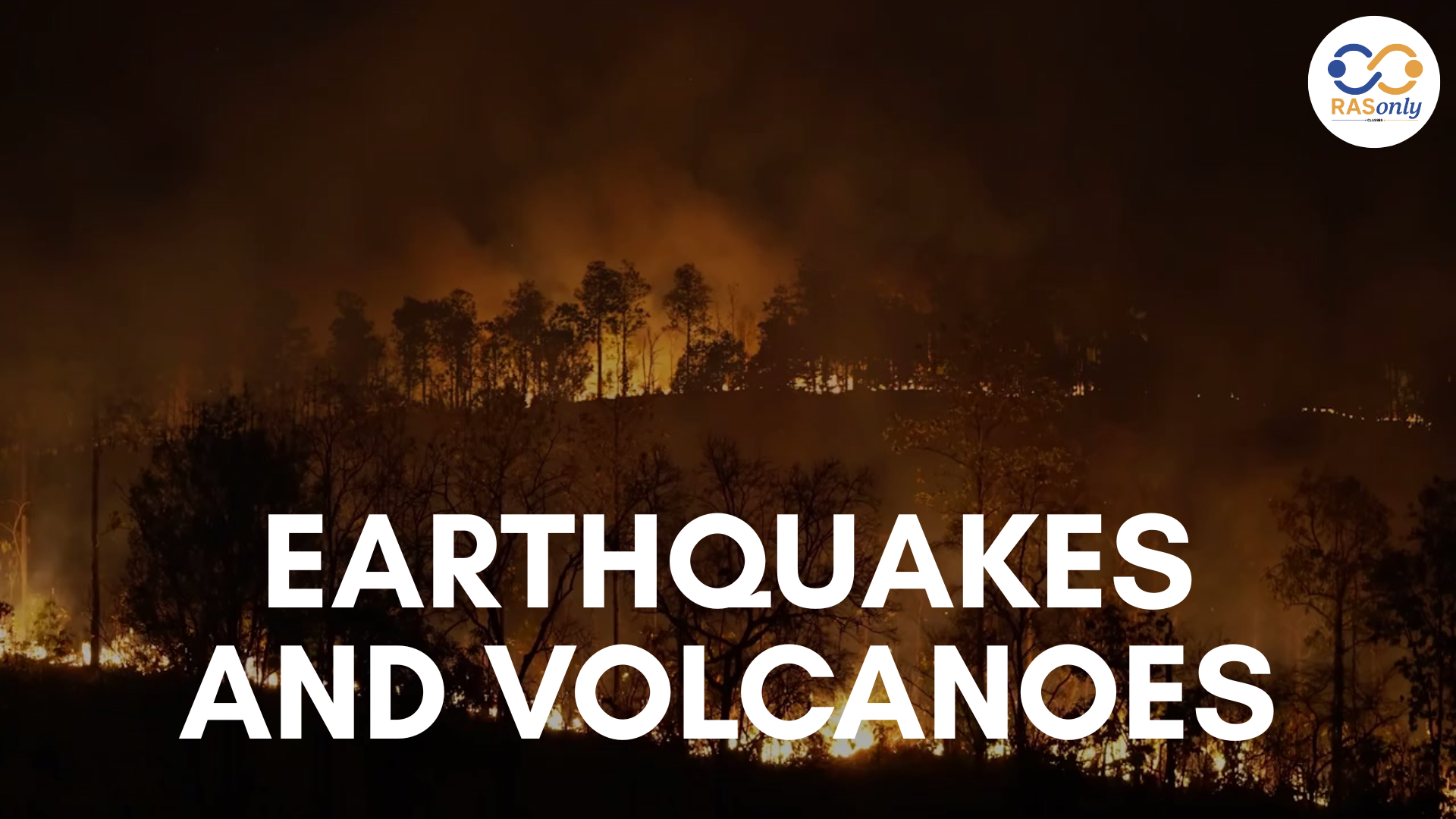
Among the most devastating endogenic processes that form Earth's surface, there are earthquakes and volcanoes. They are instantaneous yet affect human settlements and natural landscapes in the long run. Earthquakes occur as a result of tectonic motions that move seismic waves whereas volcanoes eject magma and gases hidden in the earth. These processes are vital in terms of reading plate tectonics and internal processes on the Earth. In spite of their destructive natures, they play a role in formation of landforms and balance geologically.
Key Highlights for RAS Mains
I. Earthquakes
Signification and Concept
- Earthquake: sudden shaking of the surface of Earth as a result of the liberation of energy of the lithosphere.
- The source of the earthquake is the hypocenter (focus): its projection on the ground is the epicenter.
- Resulting primarily due to plate tectonic plate motion.
Types of Earthquakes
A. Based on Causative Factors
|
Type |
Description |
Example |
|
Tectonic |
Caused by movement of tectonic plates and faults |
Gujarat Earthquake (2001) |
|
Volcanic |
Result of magma movement during volcanic activity |
Krakatoa (1883) |
|
Isostatic |
Due to crustal adjustment from added or removed surface loads |
Post-glacial rebound |
|
Plutonic |
Deep-focus, originating from depths of 240–600 km |
Sea of Okhotsk (2013) |
|
Man-made |
Induced by mining, dam reservoirs, explosions |
Koyna Dam (1967), Maharashtra |
B. Based on Focus (Depth)
|
Type |
Depth |
Characteristics |
|
Shallow-focus |
0–70 km |
Most common and damaging |
|
Intermediate-focus |
70–300 km |
Common in subduction zones |
|
Deep-focus |
300–700 km |
Less surface damage; high magnitude |
Earthquakes causes
- Plate tectonics (divergent boundaries, convergent boundaries, transform boundaries)
- Volcanic activity
- Isostatic adjustments
- Human-induced activities
Effects of Earthquakes
- Land depression/ elevations
- River-course changes and coastline
- Arson and loss of lives and property
- Tsunamis, and landslides
Volcanoes
Significance and Idea
- Volcano: Crack on the surface of the earth through which magma, ash and gases spill out.
- Volcanism can be defined as any process related to magma movement as well as volcanic eruption.
Types of Volcanoes
A. Based on Eruption Frequency
|
Type |
Description |
|
Active |
Frequently erupting (e.g., Stromboli, Kilauea) |
|
Dormant |
Temporarily inactive but may erupt again (e.g., Mount Fuji) |
|
Extinct |
No expected future eruptions (e.g., Edinburgh’s Arthur’s Seat) |
B. Based on Shape
|
Type |
Features |
Example |
|
Cinder Cone |
Steep, conical; made of ash and scoria |
Parícutin, Mexico |
|
Composite |
Layered ash and lava; explosive |
Mount St. Helens, USA |
|
Shield |
Broad, gentle slopes; basaltic lava |
Mauna Loa, Hawaii |
|
Lava Dome |
Viscous lava; steep mound |
Lava dome at Mount St. Helens |
Volcanic Landscape (Intrusive Landforms)
- Batholiths: Large masses of batholiths, of batholiths.
- Laccoliths: Disks , flat on the bottom, humps in the middle
- Lopoliths (sauceed sill)
- Phacoliths, Found in folds, Lens shaped.
- Sills : Sheets like bodies of intrusion horizontal
- Dykes : Intrusions perpendicular or sloping across beddings,
Difference Between Earthquakes & Volcanoes
|
Feature |
Earthquake |
Volcano |
|
Cause |
Tectonic plate movement |
Magma movement from mantle |
|
Origin Point |
Focus (hypocenter) |
Vent or fissure |
|
Duration |
Few seconds to minutes |
Minutes to hours or days |
|
Warning |
Difficult to predict |
Some precursors exist |
|
Impact |
Ground shaking, tsunamis |
Lava flow, ash fall, pyroclastic flow |
Conclusion for RPSC
The earthquakes and volcanoes are natural releases of the inner energy of the Earth, which, however, are quite unexpected and are usually devastating. Their mechanisms can be understood to reduce a disaster, increase safety in buildings and to plan where to build in a city. In addition, their power to sculpt the Earth surface, to fill the soils, also underlines their ambivalent nature, being both destructive and beneficial.
Also Read: The Evolution of Indian Plate
FAQs for RPSC RAS
Post Category
- RAS Salary
- Result
- RAS Admit Card
- RAS Job
- RAS Cutoff
- Preparation Tips
- RAS Answer Key
- RAS Exam Analysis
- RAS Syllabus
- RAS Previous Year Papers
- RPSC RAS Exam Pattern
- RAS Interview
- RAS Mains Exam Date
- RAS Vacancy
- RAS Test Series
- RAS Best Books
- RAS Preparation Resources
- RAS Coaching Centre
- History
- Polity
- Geography
- Economics
- Science
- Art and Culture
- RPSC RAS Application Form
- RPSC RAS Notification
RASonly Interview Guidance Program

Mr. Ashok Jain
Ex-Chief Secretary Govt of Rajasthan
- IAS officer of the 1981 batch, Rajasthan cadre.
- Passionate about mentoring the next generation of RAS officers with real-world insights.
- Got retired in Dec 2017 from the post of Chief Secretary of the state of Rajasthan.

Mr. Guru Charan Rai
Ex-ASP / SP in Jaisalmer
- Guru Charan Rai, IPS (Retd), retired as Inspector General of Police (Security), Rajasthan, Jaipur in 2017.
- Served as ASP and SP in Jaisalmer, Nagaur, Sri Ganganagar, Sawai Madhopur, Dausa, Sikar, and Karauli.
- He also held key positions as DIGP and IGP in the Law and Order division.

Mr. Rakesh Verma
Ex-IAS Officer, B.Tech, MBA, and M.A. (Economics)
- IAS officer of the 1981 batch and retired in Chief Secretary Rank.
- Civil servant of high repute and vast experience.
- Has been teaching UPSC CSE subjects for the last six years.
Related Post
👉🏻 Register Today to Join Classes! 👍🏻
- Team RASOnly -
🎯 Benefits of RASOnly Coaching:
- ✅ 1:1 Mentorship with RAS Officers
- ✅ Experienced and Expert Faculty
- ✅ Free Library Access
- ✅ Daily Minimum 4 Hours Must
- ✅ Comprehensive Study Material
- ✅ Regular Tests & Performance Analysis
- ✅ Personalized Guidance & Doubt Solving
- ✅ Online & Offline Class Options
- ✅ Affordable Fees with Quality Education
Key Highlights:
- 👉🏻 3-Day Refund Policy
- 👉🏻 New Batch Starting from 04 August
- 👉🏻 Registration Amount: Only ₹1000

